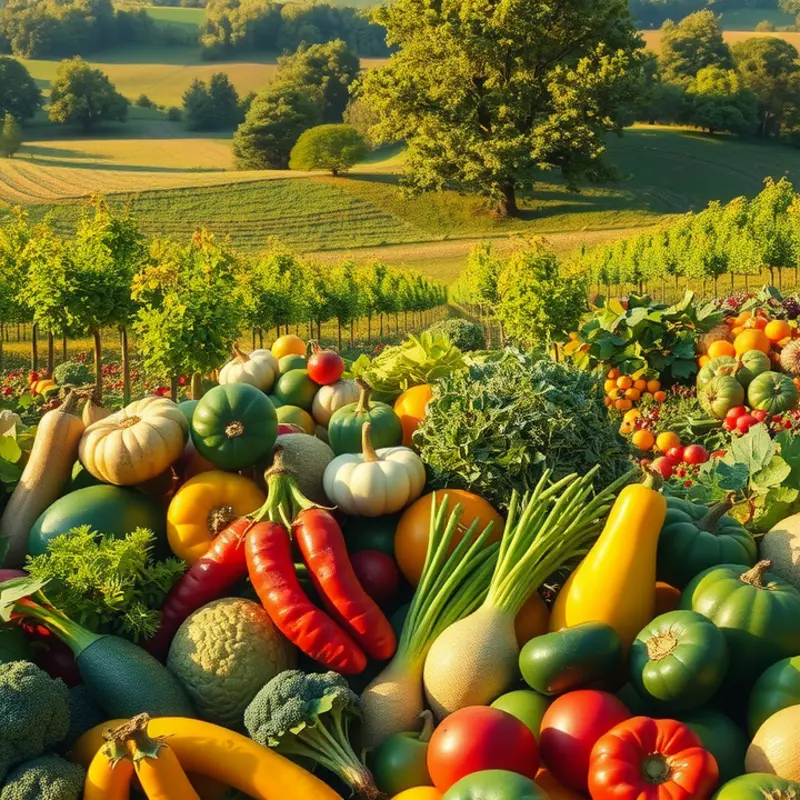Herbs play a crucial role in enhancing flavors and adding freshness to dishes. Mastering quick herb preparation techniques not only elevates your culinary creations but also boosts your confidence in the kitchen. Whether you’re a seasoned cook or just starting, these straightforward methods will help you harness the full potential of herbs without the fuss. Let’s explore practical tips that will streamline your herb prep, making it a breeze to incorporate vibrant flavors into your meals.
Mastering Basic Herb Techniques

Embarking on your herb preparation journey begins with mastering basic techniques applicable to a variety of herbs. This not only enhances the flavors of your dishes but also promotes efficient kitchen practices. Start by selecting the freshest herbs. Look for vibrant color, firm stems, and a fragrant aroma. Avoid leaves with brown spots or wilting edges as they indicate aging or improper storage.
Once you’ve chosen your herbs, the next crucial step is washing. Herbs often carry dirt or pesticides. Fill a bowl with cold water, submerge the herbs, and gently swish them to dislodge any particles. Use a salad spinner, or pat them dry with a kitchen towel, to remove excess moisture.
Trimming herbs is another essential technique. For most herbs, such as basil or parsley, discard any thick stems. With herbs like cilantro or dill, the tender stems can be used for extra flavor. Trim the bottom inch of the stem bunches to encourage longer shelf life if storing fresh.
When it comes to chopping, a sharp knife is your best ally. Stack the leaves into a small pile, roll them tightly, and slice across the roll to create fine ribbons, a technique known as chiffonade. This method works well for basil or mint. For herbs like parsley or cilantro, gather them into a ball and chop roughly. Be mindful not to over-chop as this can bruise the herbs, causing them to lose flavor.
Proper storage guarantees longevity. Once washed and dried, wrap herbs in a damp paper towel and place them in an airtight container or plastic bag. Store them in the refrigerator, ideally in the crisper drawer. For herbs like rosemary or thyme, consider drying. Tie them into small bundles and hang them upside down in a cool, dry place.
Freezing is an option for some herbs that don’t store well otherwise, like basil. Chop the herbs and place them into ice cube trays, covering them with olive oil or water before freezing. Use the cubes directly in soups or sauces for a burst of freshness.
Finally, explore a holistic approach to kitchen preservation by visiting our section on eco-smart kitchen storage for broader tips on reducing waste and extending the life of your ingredients. These basic techniques for herb preparation not only elevate your cooking but ensure you make the most of your culinary resources.
Flavor Boosters: Quick Herb Infusions

Herb-infused oils, butters, and broths are secret weapons in the kitchen arsenal, offering flavor with minimal effort. Let’s explore how to harness the power of fresh herbs to elevate everyday dishes. Infusing oils with herbs like rosemary or basil transforms simple ingredients into gourmet delights. To start, gently warm a neutral oil, such as olive or vegetable oil, in a small saucepan over low heat. Add a handful of fresh herbs and mix for two to three minutes. Avoid cooking the herbs lest they become bitter. Let the mixture cool before straining into a clean bottle. Drizzle the infused oil over roasted vegetables or use it as a finishing touch on grilled meats.
Herb-infused butters are another wonderful way to add flavor. Soften a stick of butter and stir in finely chopped fresh herbs such as dill or parsley. For a spicy kick, add a pinch of chili flakes. Wrap the herb butter in parchment paper, forming a log, and refrigerate it until firm. Slicing a pat of your homemade herb butter over a warm steak or fish imparts an extra layer of taste. For the plant-based cook, consider using coconut oil or plant-based spreads to create similar infused varieties.
Don’t overlook the benefits of herbal broths. Perfect as a base for soups or sauces, these broths can anchor your culinary creations with rich undertones. Begin by filling a large pot with water and adding a bouquet of herbs like thyme and bay leaves, along with aromatic vegetables such as onions and celery. Simmer gently for 30 to 45 minutes to extract all the flavors. Strain and store the broth for a versatile, flavorful addition to your cooking toolkit.
Experimenting with herbal infusions not only diversifies your flavors but also aligns with efforts to reduce kitchen waste by utilizing surplus herbs. This aligns with tips found in Minimal prep dinner ideas as you easily transform simple dishes into extraordinary meals without extensive effort. With these techniques, every home-cooked meal can take on the flair and sophistication of a restaurant quality dish.
Final words
By implementing these quick herb preparation techniques, you’re not just saving time but enhancing the overall quality of your dishes. From mastering basic techniques to creating delicious herb-infused oils, the art of herb preparation can be simple and enjoyable. With practice, you’ll develop a deeper appreciation for each herb, finding new ways to integrate them into your meal planning. Never underestimate the potential of fresh herbs in your cooking; they are minutes away from transforming an ordinary dish into something extraordinary. Embrace these techniques, experiment with different herbs, and discover the endless culinary possibilities that await you in your kitchen.







